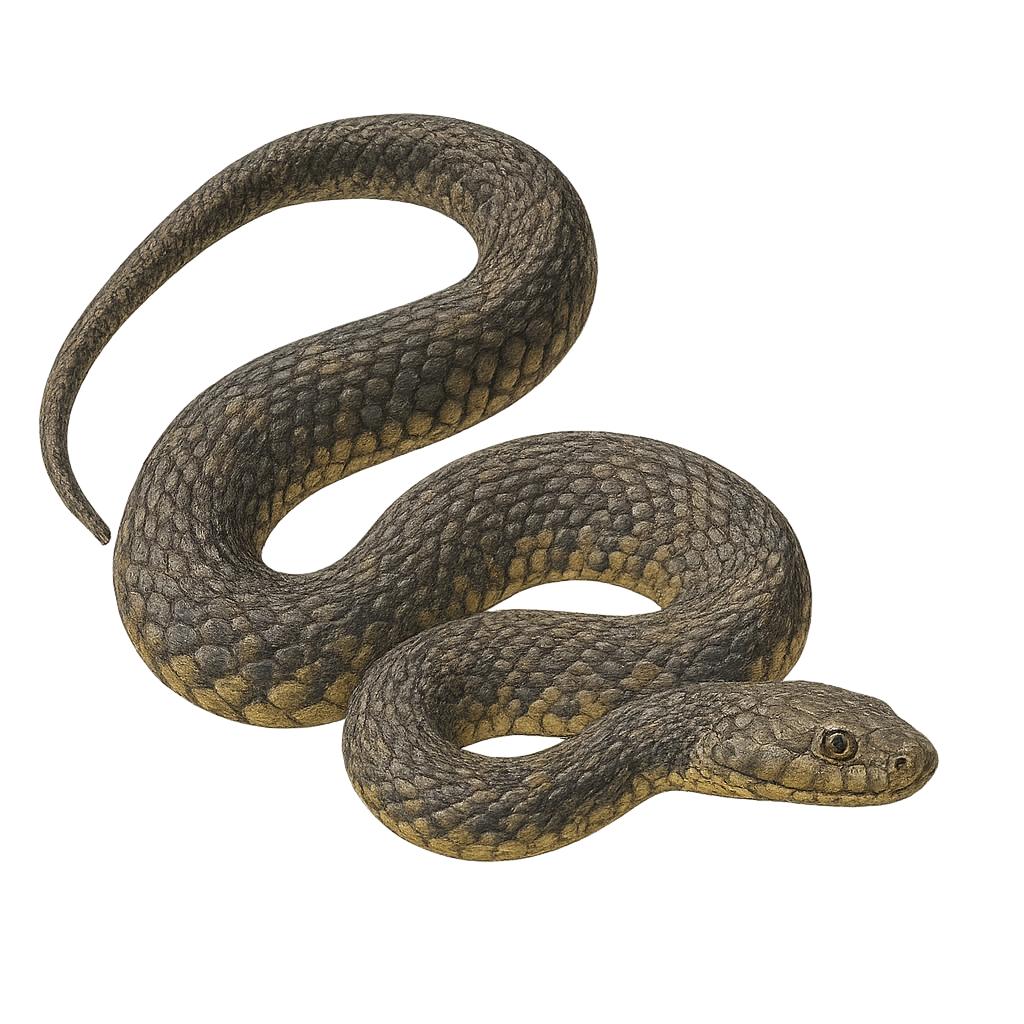Your wildlife photography guide.
Explore the dice snake in detail, study its behavior, prepare your shots.
Where to observe and photograph the dice snake in the wild
Learn where and when to spot the dice snake in the wild, how to identify the species based on distinctive features, and what natural environments it inhabits. The WildlifePhotographer app offers tailored photography tips that reflect the dice snake’s behavior, helping you capture better wildlife images. Explore the full species profile for key information including description, habitat, active periods, and approach techniques.
Dice snake
Scientific name: Natrix tessellata

IUCN Status: Least Concern
Family: COLUBRIDAE
Group: Reptiles
Sensitivity to human approach: Suspicious
Minimum approach distance: 3 m
Reproduction period: January to March
Incubation: 60–70 jours
Births: January to March
Habitat:
Rivers, lakes, marshes
Activity period :
Active during the day when temperatures are favorable, often seen basking in the sun.
Identification and description:
The dice snake, Natrix tessellata, is a medium-sized semi-aquatic snake, typically measuring between 70 and 100 cm. It has a slender body with a distinctive checkerboard pattern on its back, consisting of dark spots on a lighter background. Its coloration ranges from gray to brown, sometimes with greenish hues. It is often found near freshwater bodies, such as rivers and lakes, where it primarily feeds on fish and amphibians. Although non-venomous and harmless to humans, it can emit an unpleasant odor when threatened.
Recommended lens:
Macro – adjust based on distance, desired framing (portrait or habitat), and approach conditions.
Photography tips:
To photograph the dice snake, focus on areas near water where it is often active. Use a macro lens to capture the details of its checkerboard pattern. Approach slowly to avoid scaring it, and be ready to take shots quickly as it can move abruptly. Natural morning or afternoon light is ideal to highlight its colors. If possible, use a tripod to stabilize your camera and achieve sharp images.
The WildlifePhotographer App is coming soon!
Be the first to explore the best nature spots, track rutting seasons, log your observations, and observe more wildlife.
Already 1 429 wildlife lovers subscribed worldwide

